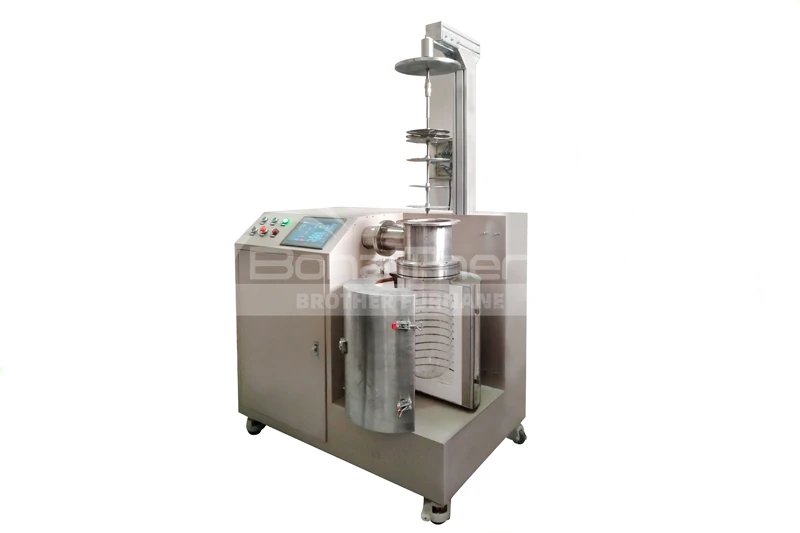Precautions When Operating a Vacuum Furnace
Vacuum furnaces are essential for high-temperature heat treatment in industries such as aerospace, automotive, and electronics. Proper operation is crucial to ensure both safety and efficiency. Here’s a practical guide detailing the key considerations for operating a vacuum furnace effectively.
1. Inspect the Equipment
Before each use, thoroughly inspect the vacuum furnace. Pay special attention to the seals and vacuum pump, as these components significantly impact the furnace's sealing performance. If any leaks are detected, repair or replace the damaged parts immediately to ensure proper operation.
2. Preheating
Preheating the workpieces before processing is crucial to prevent deformation caused by thermal stress during rapid heating. Set the preheating time and temperature according to the material and requirements of the workpieces to achieve optimal results.
3. Temperature Control
Controlling the heating and cooling rates is a key aspect of operating a vacuum furnace. Rapid temperature changes can cause workpieces to crack or develop internal stress, affecting the final product's performance. Operators should be familiar with the furnace's temperature control system and follow the process requirements to gradually increase and decrease the temperature, ensuring uniform and stable conditions.
4. Safety Measures
Vacuum furnaces operate at high temperatures and in a vacuum environment, so safety precautions are paramount. Operators must wear protective gear such as heat-resistant gloves and safety goggles, and follow safety procedures to avoid burns and vacuum leaks. In case of emergencies, appropriate measures should be taken immediately to ensure the safety of personnel and equipment.
5. Regular Maintenance
Regular maintenance is essential for the long-term stable operation of a vacuum furnace. Routine tasks such as replacing seals, cleaning the vacuum pump, and checking the electrical system can prevent malfunctions and extend the equipment's lifespan. Operators should develop a detailed maintenance plan and adhere to it strictly.
6. Record Data
Detailed records of temperature, pressure, and other parameters during vacuum furnace operation are vital. This data helps analyze the treatment effects and equipment performance, allowing operators to identify and address potential issues promptly, thereby improving efficiency and product quality.
Summary
Proper operation and maintenance of a vacuum furnace not only ensure high-quality processing of workpieces but also extend the equipment's lifespan. By following the precautions outlined above, you can effectively avoid common operational problems, enhance efficiency, and maintain safety. Whether for daily use or regular maintenance, meticulous operation is the key to success.
We hope this article provides valuable insights to help you master the operation of vacuum furnaces. If you have any questions or require further assistance, please feel free to contact us.











